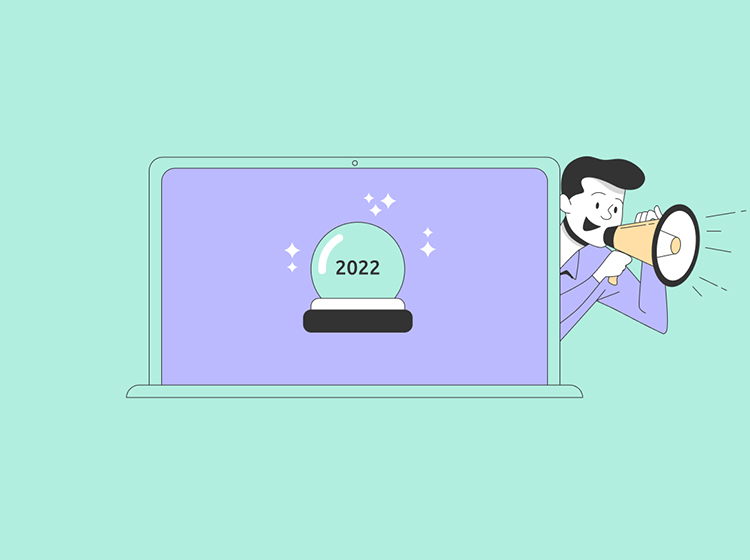Most people mistakenly believe that influencer marketing is a crowded field with exaggerated rewards.
Digital marketing has grown as a result of platforms such as social media. We are still in the early stages of its development, though, because no one has yet realised its full potential. Although influencer marketing has been adopted by some organisations, it is still a relatively untapped industry with a lot to offer.
As someone who has worked in marketing for more than five years, I have witnessed significant shifts. Influencer marketing was one of those trends that came and went swiftly in the last few years, and my agency soon realised the power of micro-influencers.
Influencer marketing is a type of social media marketing that relies heavily on endorsements and product recommendations from influential people. These people have a large social following and are thought to be experts in their field or niche.
People trust the social influencers they follow, thus this form of marketing works. These influencers' recommendations will serve as social proof, allowing firms to target their potential clients.
Particularly in the post-pandemic age, social media has just recently begun to acquire traction. People were increasingly captivated to their devices while sitting in their houses and realised they were missing out on so much. That is why so many people have joined social media or reactivated long-dormant accounts in order to get back into the swing of things.
Influencers who already had a large following gained more and established their authority in their field. As a result, businesses began to collaborate with them in order to engage with their potential client base.

It's always been said that bigger is better. In the case of influencer marketing, however, the opposite is true. You might believe that influencers with a larger following (over 10,000) are better for your company's influencer strategy. However, this is not the case.
Micro-influencers with fewer followers can sometimes deliver the best outcomes for businesses and brands. This is due to the fact that they can generate more clicks, engagement, and ROI. When it comes to influencers with a large following, engagement is generally poor. As a result, even with a small fanbase, engagement is high, which is exactly what corporations want. It's all about getting others to endorse you and then buy from you.
Businesses don't need additional brand or product followers if they can't convert those followers into sales. So it's all about generating sales, and micro-influencers are the most effective.
The nicest part about employing an influencer strategy is that people regard influencers as friends rather than celebrities. These influencers are inexpensive and have online networks of their own. Aside from that, they have a high rate of involvement.
However, in order to make the most of the opportunity, you must first describe your objectives and goals, as well as create a budget based on this outline. The next step is to identify the suitable influencers and confirm their web presence. Make sure your product is relevant to their market.
Negotiate your fees and have a contract in place. Start tracking your success now, and don't forget to give your influencer all of your company's, brand, and product links.